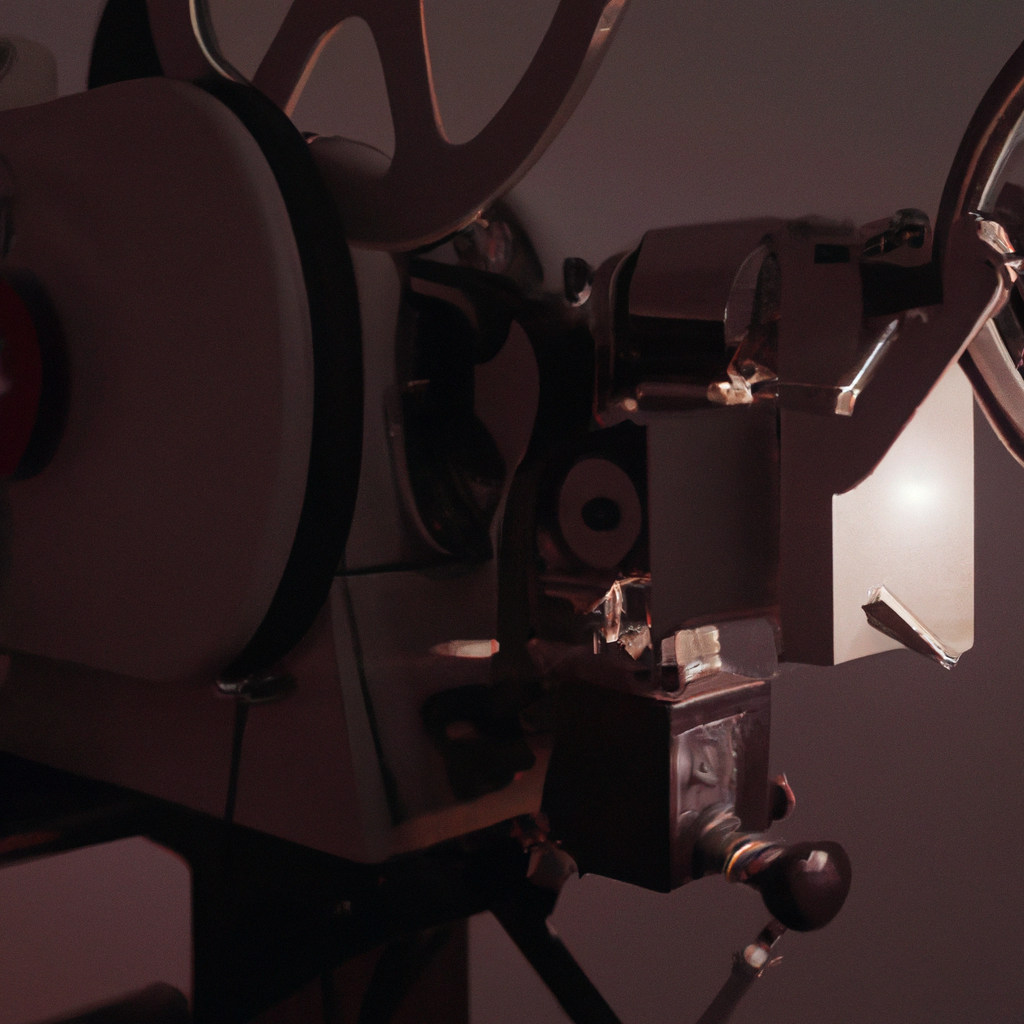A film projector is a device that projects a series of individual images, or frames, onto a screen to create the illusion of motion. It is an integral part of the movie theater experience and has been used for over a century to entertain and captivate audiences. In this article, we will explore how a film projector works and delve into the technology behind it.
Components of a Film Projector
A film projector machine consists of several components that work together to create a moving image. These include:
– Film reels: These are the spools that hold the film. The projector feeds the film from one reel to the other, projecting the images onto the screen in between.
– Lamp: The projector’s lamp provides the light source that illuminates the film as it passes through the projector. The most commonly used lamp for movie projectors is a xenon arc lamp, which produces a bright and steady light.
– Lens: The projector’s lens focuses the light from the lamp onto the film, magnifying the image and projecting it onto the screen.
– Shutter: The projector’s shutter controls the timing of the light as it passes through the lens and onto the film. The shutter opens and closes rapidly, allowing each frame of the film to be displayed for a fraction of a second before moving on to the next frame.
– Sound system: Many movie theater projectors are equipped with a sound system that synchronizes with the film to provide audio.
How Does a Projector Work?
The process of how a projector works can be broken down into several steps:
1. Loading the film: The film reels are loaded onto the projector, with one reel containing the film to be projected and the other acting as a take-up reel to wind the film as it passes through the projector.
2. Starting the projector: Once the film is loaded, the projector is turned on, and the lamp is ignited, providing the light source.
3. Feeding the film: The projector feeds the film from the supply reel to the take-up reel, passing it through the shutter and lens assembly.
4. Projecting the image: As the film passes through the projector, the shutter opens and closes rapidly, allowing each frame to be displayed on the screen for a fraction of a second. The lens focuses the light from the lamp onto the film, magnifying the image and projecting it onto the screen.
5. Advancing the film: Once a frame has been displayed, the film is advanced to the next frame, and the process repeats, displaying each frame in sequence.
6. Audio synchronization: If the projector is equipped with a sound system, it synchronizes with the film to provide audio.
Film Projection Technology
The technology behind film projection has evolved over the years, with advances in both film and projector technology. Analog film projection, which uses physical film reels, is still used today in many movie theaters, but digital projection, which uses digital files instead of physical film, has become increasingly popular.
Movie theater projectors have also become more advanced, with higher resolutions, brighter lamps, and more advanced sound systems. Projectors for sale today can range from small portable projectors for personal use to large-scale cinema projectors that can fill a screen with bright, high-quality images.
Conclusion
A film projector is a complex device that relies on several components to create the illusion of motion. While the technology behind it has evolved over the years, the basic principles of how a projector works remain the same. Understanding the inner workings of a film projector can enhance the movie theater experience, allowing viewers to appreciate the art and science behind the magic of the movies.







